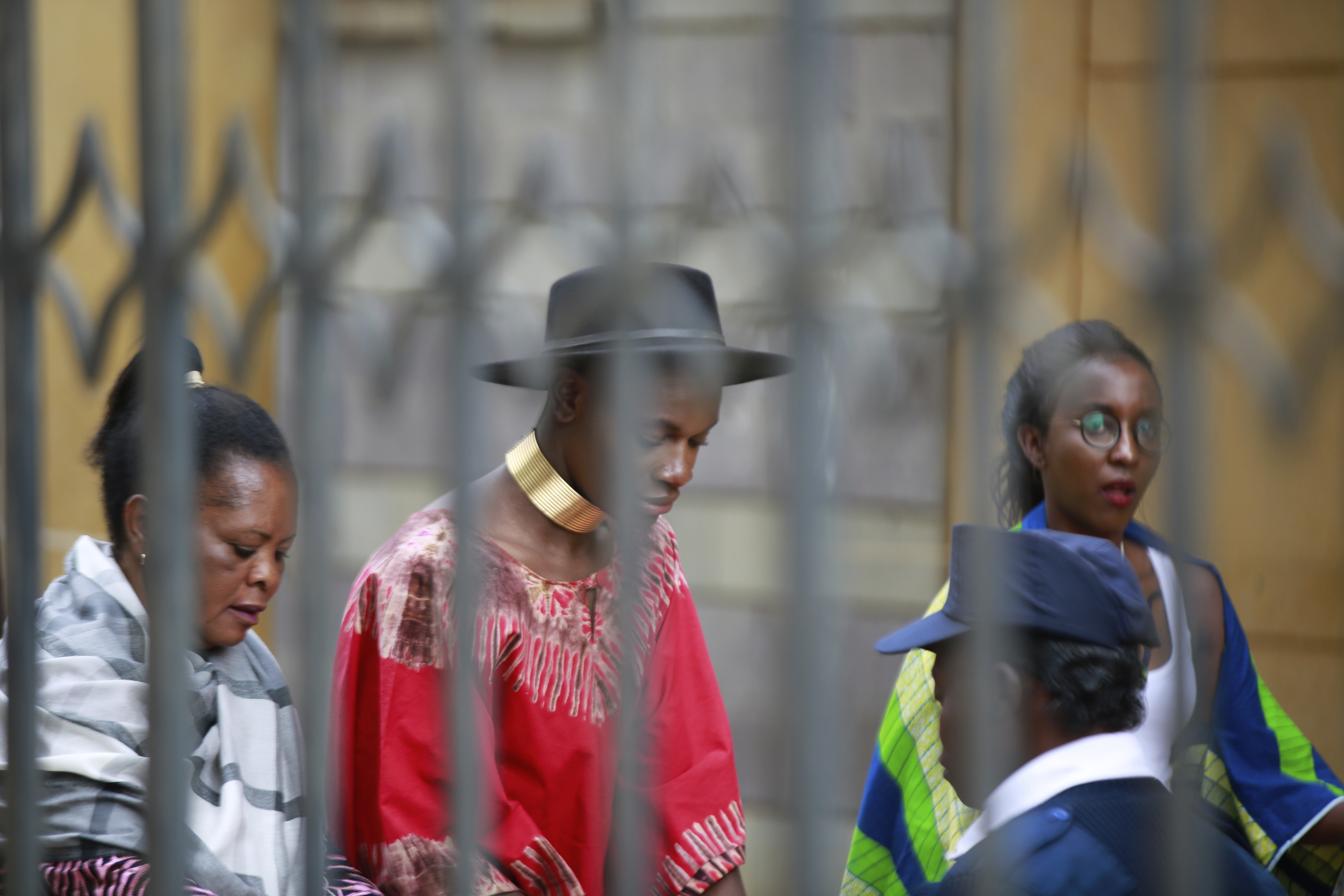LGBT+
What is it like being queer in South Africa?

LGBT-Aktivisten erscheinen Ende Februar in Kenias Hauptstadt Nairobi vor dem Gericht, das über eine Petition für die Entkriminalisierung gleichgeschlechtlicher Beziehungen entscheiden sollte.
© picture alliance / AP PhotoCelebrating Pride Month during June, the Friedrich Naumann Foundation (FNF) in South Africa, asked the Member of Executive Council (MEC) for Public Works and Infrastructure in the KwaZulu Natal province, Martin Meyer, to share his reflections on how far the country has come in advancing LGBTQI rights.
To answer this question, I must first acknowledge that there are many “South Africa’s’. My experience as a white queer South African living in the suburbs is vastly different from someone living in a township, rural KwaZulu-Natal province, or deep in the Northern Cape province.
That said, there have been significant strides forward. From the dark days of the apartheid government—when young gay men were subjected to so-called “corrective therapy”—to now, where the rights of the queer community are recognised and protected, this progress is thanks to the hard work of many heroes in the struggle for freedom in South Africa.
We are now recognised in the Constitution. In fact, South Africa was one of the first countries to legalise marriage equality. Our Chapter 9 institutions, like the South African Human Rights Commission (SAHRC), take cases of discrimination against the LGBTIQ+ community very seriously. We also enjoy visibility and representation—on television, through openly queer public figures, and in politics. While most of our political representation comes from a single party, having a queer, gender-nonconforming Deputy Minister of Women, Children, and Persons with Disabilities is a significant step, and demonstrates this freedom we enjoy.
For me personally, being the first openly gay MEC in the conservative province of KwaZulu-Natal is a major milestone. Representation matters, it is important.
Yet, as we’ve seen across the world, queer rights remain under threat—even here. On the ground, the reality for many in our community is still harsh. People are assaulted, raped, and murdered simply because of who they are and who they love. Young people are still being rejected by their families, and there are very few shelters or support systems available when this happens.
We have come far in securing our rights on paper. Now is the time to secure those rights in practice. Because if one of us is not free, then none of us are free.
And love is free—so let us be free to love.
